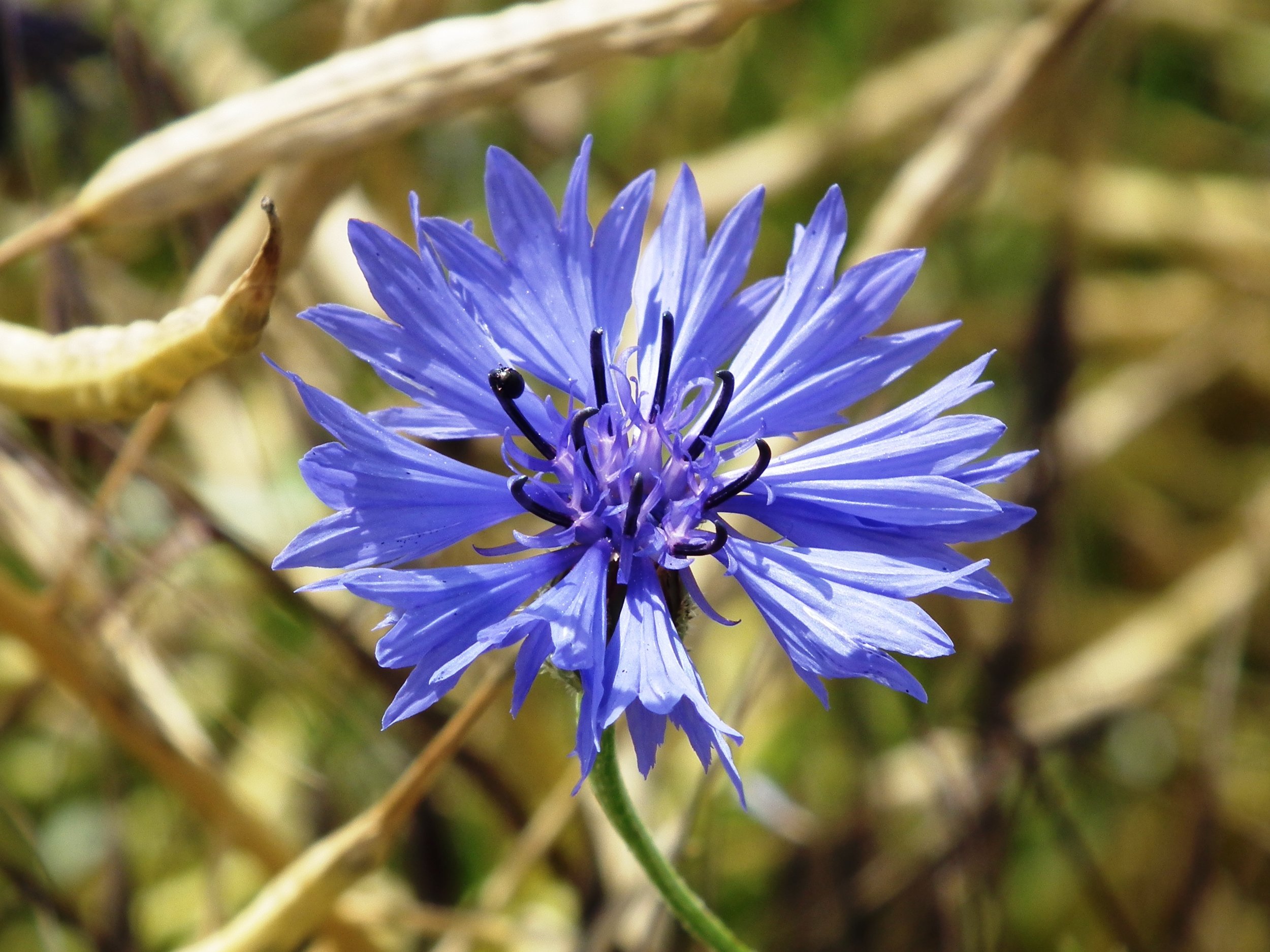Cornflower
Common Name: Cornflower
Latin Name: Centaurea cyanus
Ultimate Height: 50cm - 1 metre
Flower Colour: Blue
Type: Annual
Soil: Loam, Sand, Alkaline, Neutral PH
Flowering times: May-October
History, uses and notes:
Now endangered in the UK, the Cornflower has been in Britain since the Iron Age. Its distribution has declined from 264 sites to just 3 in the last 50 years and its story is indicative of that of our pollinators.
Once considered a weed that grew around fields of corn, it was almost eradicated by industrial agriculture techniques. Making a small comeback as an ornamental flower in private gardens, the cornflower may be saved by its inherent beauty.
Similarly to Common Knapweed, they are part of the Centaurea genus which are highly popular with bees due to their high nectar levels.
As an annual in your garden, the Cornflower will flower within the first year, depending on when it's sown. It's on the Royal Horticultural Society's list as 'Perfect for Pollinators and will help #bringthebeesback
Description:
The outer florets are star-like, and smaller, more purplish flowers are found in the middle. Stems and leaves are long and pointy, with hairy, blackish buds at the tips.
Cornflowers here at a meadow here at our Beebomb lab
White-tailed Bumblebee on our cornflowers




